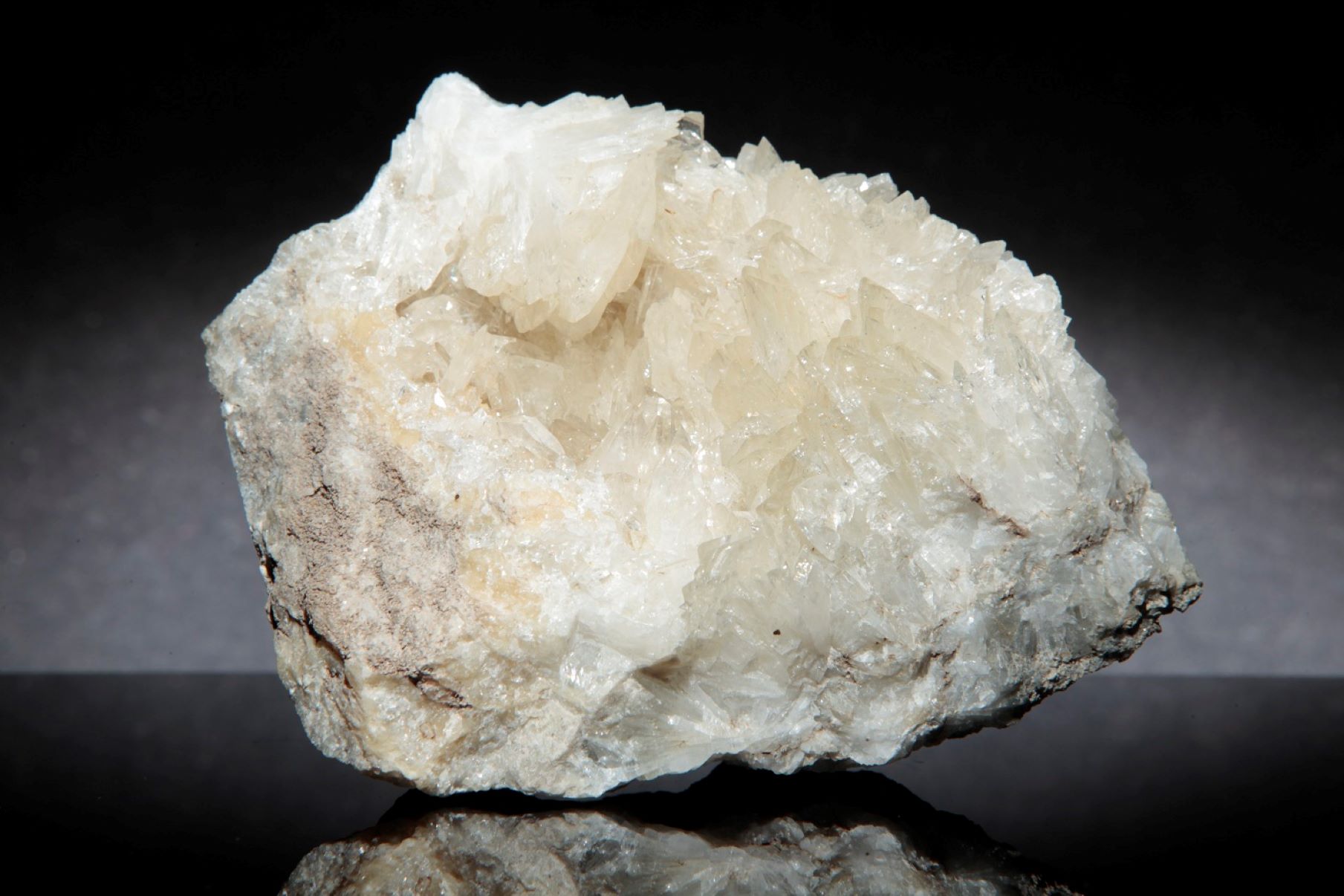
Who was Erik the Red? Erik the Red, born Erik Thorvaldsson, was a fiery Norse explorer known for founding the first Norse settlements in Greenland. His nickname "the Red" likely came from his red hair and beard, as well as his hot temper. Born in Norway around 950 AD, Erik's family moved to Iceland after his father was exiled for manslaughter. Following in his father's footsteps, Erik faced his own exile from Iceland due to violent disputes. This led him to explore and eventually settle in Greenland around 982 AD. Erik the Red's adventurous spirit and leadership played a crucial role in expanding Norse exploration and settlement in the North Atlantic.
Key Takeaways:
- Erik the Red, a fiery Norse explorer, was exiled from Iceland and discovered Greenland. His legacy of courage and leadership inspired Viking exploration and left a lasting impact on Norse culture.
- Erik the Red's family continued his legacy of adventure, with his son Leif Erikson credited with discovering North America. His influence on Viking culture and society is celebrated through books, films, and historical reenactments.
Who Was Erik the Red?
Erik the Red, a name that echoes through the annals of Viking history, was a Norse explorer known for his fiery temper and adventurous spirit. His life was filled with daring exploits and significant contributions to the Viking Age.
- Erik the Red was born as Erik Thorvaldsson in Norway around 950 AD.
- His nickname, "the Red," likely referred to his red hair and beard.
- Erik's father, Thorvald Asvaldsson, was exiled from Norway for manslaughter.
- Following his father's exile, Erik moved to Iceland with his family.
- Erik the Red was also exiled from Iceland for committing murder.
Erik the Red's Exile and Exploration
Erik's life took a dramatic turn when he was exiled from Iceland. This event set him on a path of exploration that would lead to the discovery of new lands.
- Erik the Red was exiled from Iceland for three years around 982 AD.
- During his exile, he sailed west and discovered Greenland.
- Erik named the land "Greenland" to attract settlers, despite its icy landscape.
- He spent his exile exploring and mapping the coast of Greenland.
- Erik returned to Iceland after his exile to gather settlers for Greenland.
Settling Greenland
Erik the Red's efforts to colonize Greenland were pivotal in Norse history. His leadership and vision helped establish a thriving Viking community in this harsh environment.
- Erik the Red led a fleet of 25 ships to Greenland in 985 AD.
- Only 14 of the 25 ships made it to Greenland due to rough seas.
- Erik established the Eastern Settlement in Greenland, which became the main Norse settlement.
- The settlement included farms, churches, and trading posts.
- Erik's colony in Greenland lasted for over 400 years.
Erik the Red's Family
Erik's family played a significant role in his life and the history of the Viking Age. His children continued his legacy of exploration and adventure.
- Erik the Red married Thjodhild, a woman of noble birth.
- They had four children: Leif, Thorvald, Thorstein, and Freydis.
- Leif Erikson, Erik's son, is credited with discovering North America around 1000 AD.
- Thorvald Erikson also explored parts of North America.
- Freydis Eriksdottir was known for her fierce and fearless nature.
Erik the Red's Legacy
Erik the Red's impact on Viking history and exploration cannot be overstated. His discoveries and settlements left a lasting legacy.
- Erik the Red's discovery of Greenland expanded the known world for the Vikings.
- His settlement efforts helped establish a Norse presence in the North Atlantic.
- Erik's leadership and vision inspired future generations of explorers.
- The sagas of Erik the Red and his family are key sources of Viking history.
- Erik's legacy lives on through the continued interest in Viking exploration.
The Sagas and Historical Accounts
The stories of Erik the Red and his family have been passed down through sagas and historical accounts, providing valuable insights into Viking life and exploration.
- The Saga of Erik the Red is one of the primary sources of his life story.
- The Greenland Saga also details Erik's adventures and settlement efforts.
- These sagas were written in the 13th century, long after Erik's time.
- Archaeological evidence supports many of the events described in the sagas.
- The sagas highlight the challenges and triumphs of Viking exploration.
Erik the Red's Influence on Viking Culture
Erik the Red's life and achievements had a profound influence on Viking culture and society. His adventurous spirit and leadership qualities were admired and emulated by many.
- Erik the Red's exploration of Greenland opened new trade routes for the Vikings.
- His settlement efforts contributed to the spread of Norse culture and traditions.
- Erik's leadership style emphasized courage, resilience, and resourcefulness.
- The stories of Erik the Red inspired other Viking explorers to seek out new lands.
- Erik's legacy is celebrated in modern times through books, films, and historical reenactments.
The End of Erik the Red's Life
Erik the Red's life came to an end in Greenland, where he had spent much of his later years. His death marked the end of an era but his legacy continued through his descendants.
- Erik the Red died in Greenland around 1003 AD.
- His death was likely due to illness, as described in the sagas.
Erik the Red's Legacy
Erik the Red's story is a fascinating mix of adventure, exploration, and survival. His journey from Norway to Iceland and finally to Greenland shows his resilience and determination. Despite his fiery temper and controversial actions, Erik's impact on Viking history is undeniable. He paved the way for future explorers, including his son, Leif Erikson, who famously reached North America.
Erik's legacy lives on through the sagas and historical records that recount his exploits. His name remains synonymous with the Viking Age's spirit of discovery and conquest. By understanding Erik the Red's life, we gain insight into the challenges and triumphs of early explorers. His story reminds us of the human drive to explore new frontiers, no matter the obstacles. Erik the Red's adventures continue to inspire and captivate those who seek to understand the past.
Frequently Asked Questions
Was this page helpful?
Our commitment to delivering trustworthy and engaging content is at the heart of what we do. Each fact on our site is contributed by real users like you, bringing a wealth of diverse insights and information. To ensure the highest standards of accuracy and reliability, our dedicated editors meticulously review each submission. This process guarantees that the facts we share are not only fascinating but also credible. Trust in our commitment to quality and authenticity as you explore and learn with us.


